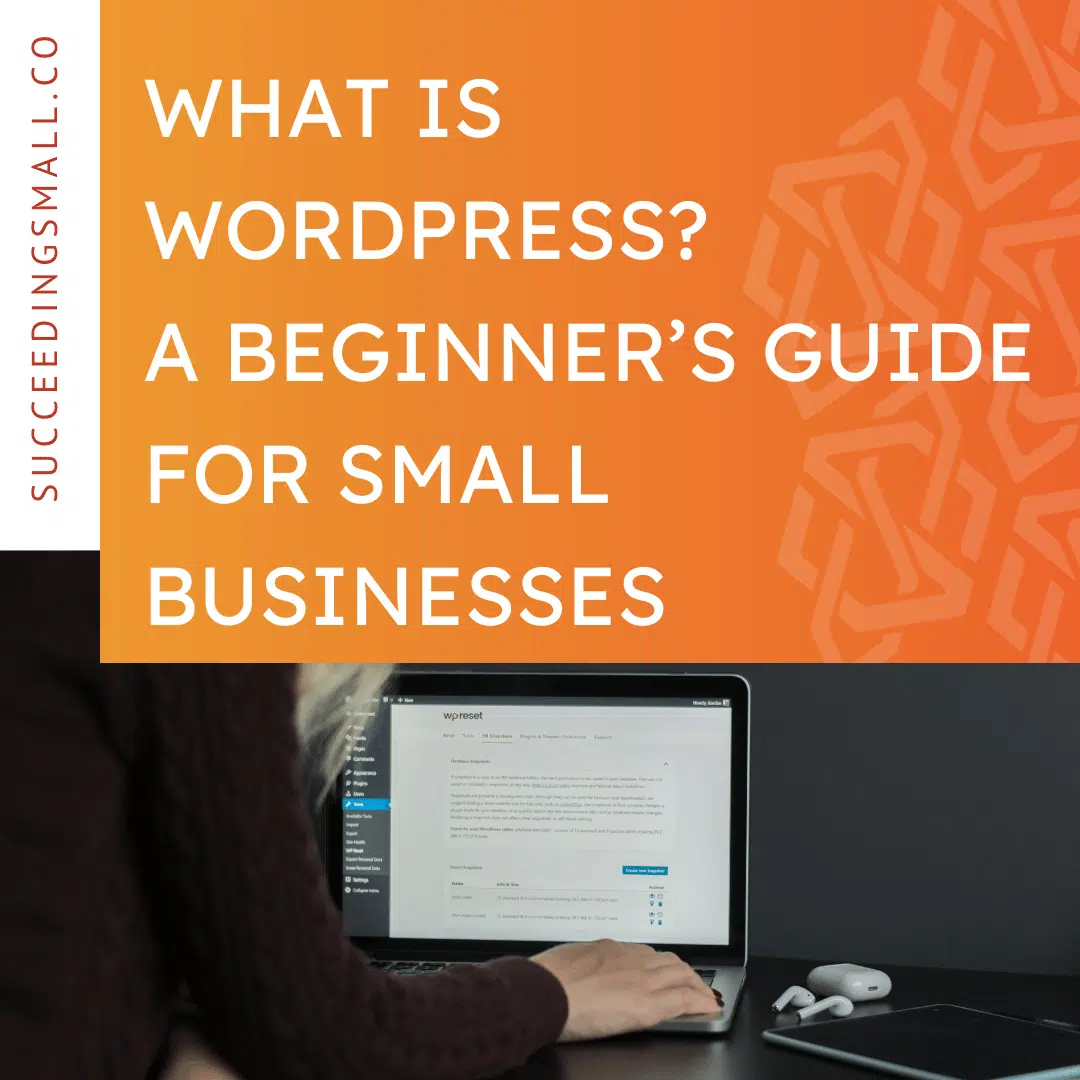With 4.5 billion social media users worldwide, your ideal customers ARE on social media. The question is: Are you connecting with them where they prefer to spend their time, or are you just hoping they’ll visit your website when they need you?
The reality is that only a small percentage of your ideal audience is ready to buy at any given time. For example, if you’re an HVAC contractor, your customers probably only need 1-2 appointments per year. (Unless something is really broken.) So how can you stay top-of-mind IN BETWEEN those appointments to ensure that you are their go-to service provider every time?
Developing a social media strategy is a great way to keep your customers engaged, even when they’re not ready to make a purchase. You don’t have to hop on the latest TikTok dance trend. Instead, try sharing an interesting fact about your industry that most people wouldn’t know, create behind-the-scenes content, or share furnace maintenance advice.
Like most marketing channels, you need to put in consistent time and effort to see good results on social media. So here are a few questions to consider before you dive in:
What are Your Marketing Goals?
As I mentioned before, social media marketing is a great way to engage with customers in between purchases. It’s not usually the best channel for generating immediate sales (with the possible exception of social media ads). If you want a marketing strategy that will target people who are ready to buy, SEO or PPC ads may be a better choice.
So what is social media good for?
The right social media strategy can help you build brand awareness and nurture leads who may buy from you in the future.
Before people can buy from you, they need to know you exist. Social media allows you to reach people who have never heard of your business before and begin developing those relationships. Creating popular video content and using the right hashtags will attract new followers to your page, where they can begin learning about your business.
(As an aside, platforms like TikTok and Instagram are easy to build an organic following on than Facebook, so that’s definitely something to consider when picking your strategy.)
Lead nurturing is another great way to use social media to your advantage. Leads are people who are interested in your product or service but aren’t ready to buy just yet. They may have purchased from you in the past or may be new to your company altogether. Each time you pop into their feed, you’re creating a touch point that moves them closer to a sale.
Essentially, with social media, you need to be willing to play the long game since people aren’t coming to these platforms to be sold to. If you build strong relationships with your audience, however, there’s a good chance you’ll notice an increase in sales. People like to buy from businesses that they know and trust.
What Resources and Budget Do You Have for Social Media?

If social media marketing aligns with your business goals, your next step will be to evaluate your budget and resources. Social media is typically an inexpensive way to market your business since it’s free to create an account and post content. But you may need to plan for other expenses, such as:
-
- Ads
-
- Software
-
- And labor.
Social media ads can help you target new audiences and find your ideal customers faster. Organic posts primarily reach people who are already interested in your business and follow your page, such as existing customers and their networks.
Ads help you broaden your reach, especially on platforms like Facebook that tend to prioritize personal content over business content in organic feeds. Though ads aren’t essential, they may help you achieve your goals more quickly, so think about how much you are willing to spend.
You may also need to invest in software to help with post-scheduling and analytics. Facebook and Instagram have a free content scheduling platform, called Meta that allows you to batch your posts and schedule them out for the whole month. It also lets you track how your posts are performing. Other platforms like LinkedIn don’t let you schedule ahead of time unless you use a 3rd party software.
Lastly, who will post to your social media channels? If you aren’t creating and posting your own content, you’ll need to pay an employee or social media manager to help. If you do plan to post yourself, how much time can you dedicate per week or month without sacrificing other important business tasks?
Do you Have Existing Content?
One way to minimize labor costs is to repurpose existing content for social media. Blog posts, images, promotional videos, and more can make great social media posts with minimal editing. Share a short blog excerpt on LinkedIn or turn a clip from a longer video into a reel or TikTok.
You can even choose your social media channels based on your existing assets.
For example, if you already have a lot of images or there’s someone on your team who loves creating graphics, choose a visual platform like Instagram. Videos do really well on YouTube, Instagram, and Facebook, whereas blogs, whitepapers, and long-form educational content are best for LinkedIn.
If you have a lot of content that can be recycled, you can create a more rigorous posting schedule than if you had to create everything from scratch.
Where is Your Target Market?

Next, you’ll want to think about where your ideal customer hangs out and where they prefer to hear from you. Most people like to receive emails from businesses with updates and special offers rather than seeing a post on their social media feed.
So depending on the demographics of your ideal customers, you may have better luck on other channels. Consider sending out a survey or interviewing your current and past customers to learn about their preferences and what social media platforms (if any) they use to connect with businesses.
You can also look at the user demographics for each platform to help inform your decision. Facebook and Instagram are used primarily by people ages 25-34, whereas TikTok’s audience is a bit younger.
So, if you’re a service-based company offering carpet cleaning services, you’ll want to choose a platform like Facebook with a demographic of homeowners or young parents who are concerned about their children crawling on dirty carpets.
Where are Your Competitors?
After you know where your ideal customers are, it’s time to do some competitor research. Find local or national companies that offer a similar product or service and explore their channels. What types of content are they posting, and what does their audience seem to be responding the best to?
You probably won’t have access to their analytics, but you can look for the posts with the highest number of likes and comments. It’s also a good idea to see where they have the most followers.
Certain platforms are going to be better for certain industries. Not every brand is suited for a visual platform like Instagram, for example. Finding where your competitors are performing well can set you up for success when choosing your own platforms and developing a content strategy.
If you can’t find any competitors on social media, do some research and see where they ARE marketing their businesses. Even if your industry isn’t well-represented, that doesn’t necessarily mean you can’t build a successful page, but see what the biggest players in your space are doing and if it’s worth emulating, whether it’s SEO, ads, or something else.
Where Do You Enjoy Creating Content?
Your social media strategy should be based on what you enjoy creating and what platforms YOU like to use, especially if you don’t have someone on your team who can handle your social media marketing.
Choosing platforms that are easy and fun for you to manage will help prevent burnout. Creating social media content can feel like a neverending task, even if you only post once a week or every other week. Be realistic about what you can handle on top of your other responsibilities, and stick to the schedule that you set.
If you choose something that you enjoy and that matches your skills, your followers will notice and respond!
If you’re thinking, “I don’t enjoy creating content ANYWHERE,” consider outsourcing your social media or marketing your business a different way. You have enough on your plate without forcing yourself to show up on social media!
The Bottom Line
The most important part of choosing a marketing strategy for your business is figuring out what makes sense for YOU. Consistency is key for success on social media, so if you can’t commit to showing up at least once or twice a month, it’s okay to do something else.
Most marketing strategies are going to require time and consistent effort, however, including email marketing and SEO.













